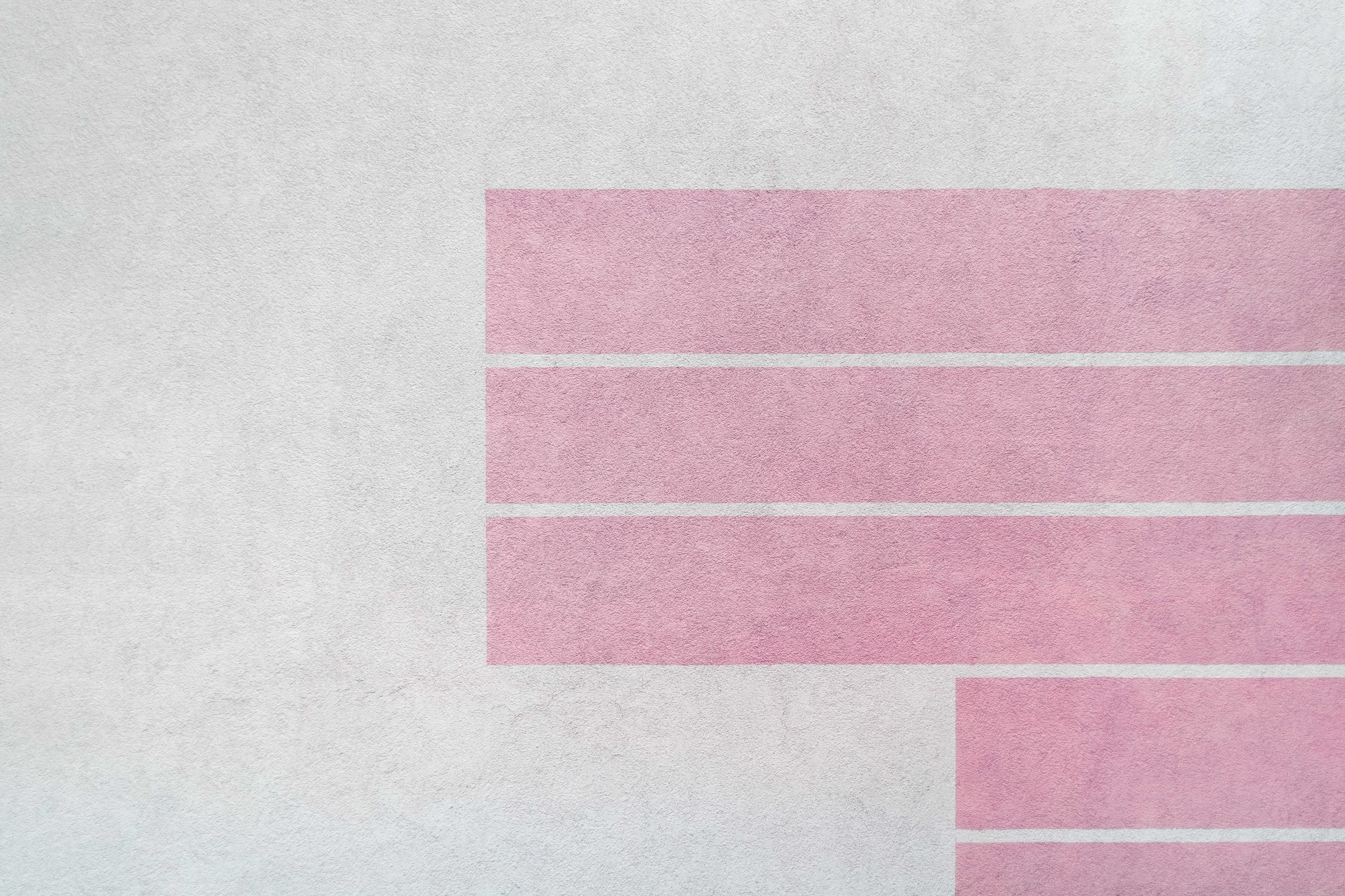When you’re searching for a rectangular diamond for your engagement ring’s center stone, you’ve got three common choices: princess-cut, emerald-cut, and cushion-cut stones. But when your choices are so diverse, how can you judge which rectangular shape is right for you?
We’re going to be looking at some distinctions between the three most popular rectangular shapes for diamonds today, and once you’ve got a grasp on the minutiae that goes into these stones, you can decide for yourself which type of engagement ring represents a premier design for you!
Princess Cut
The princess cut is also known by its technical name, “square modified brilliant”. This highlights two of the most intriguing qualities of the princess cut–it’s the only common diamond cut that’s square, which already gives it a stylishness that can’t be matched.
The “brilliant” aspect means that it’s shockingly sparkly. There’s only one cut that can beat the fire and radiance of the princess-cut diamond: a round cut. Plus, since the princess cut is a lot more modern than you might imagine (it was invented in the 1970s), it has a sense of contemporary cool that
But before you rush out to buy a princess cut engagement ring, there are some things to keep in mind. First, because princess cuts are so compact, they appear smaller than comparable diamonds with the same carat weight. Plus, their sharp corners make them liable to snag against fabric or smash against a wall. If you choose a princess-cut diamond, make sure to have it bezel-set or set with chevron prongs to protect its corners.
Emerald Cut
The emerald cut and cushion cut are vintage styles, but the emerald cut is truly ancient, dating back to the early 1500s. It’s an extremely long cut (like marquise- and oval-cut diamonds) with long, stepped facets. This gives the emerald cut a surprising, unique look. If you’re a woman who adores fire and sparkle, the emerald cut isn’t right for you–it’s a shape that lacks a great deal of those traits.
However, thanks to the long stepped facets, emerald cuts display a “house of mirrors” effect, where glowing bars of light inside the diamond alternate with dark bars. Plus, emerald cuts lack the sharp corners of a princess cut, making them better for different settings. And if you’re looking to create the image of a longer, daintier finger, the emerald cut is ideal for that.
The emerald cut makes it a natural partner for a halo, where small brilliant diamonds can accentuate the relative dimness of this cut. Simon G., a designer of super-luxe engagement rings, shows this off with their Passion and Vintage Explorer collections. Alternating frames of baguette- and round-cut diamonds both complement and contrast beautifully with the center emerald cut!
Cushion Cut
Last, but certainly not least, the cushion cut rounds out our list of rectangular cuts. Cushion cuts were the most popular diamond cut from the late 1700s to the beginning of the 20th century. The name of this shape is derived from the softly rounded corners of this rectangular diamond, giving the stone the appearance of a throw pillow.
Cushion cuts have a great deal more sparkle and fire than an emerald-cut diamond, but not quite as much as a princess cut. The woman looking for a diamond may not see much in a cushion cut based on that description, but there’s some interesting traits that set the design apart from other styles of diamond.
The most fascinating one is that a cushion-cut diamond displays color better than any other shape: If you’ve got a fancy colored diamond, the best way to show off its unique color is through a cushion cut. Designer Henri Daussi knows this well, and their famous collection of fancy yellow cushion-cut diamond rings attests to this fact. If you want a fancy colored diamond ring, aim for a cushion cut.
But another interesting trait of cushion cuts that you might not see, for instance, when you’re shopping for a Henri Daussi engagement ring, is that the shape captures even the barest flicker of light in a room, transforming it into a steady, beautiful glow.
We Want to Hear From You!
Now that we’ve discussed these three common rectangular cuts, we want to hear from you–what’s your favorite? And have you seen any unique methods of showing off these remarkable diamonds? If so, get in touch with Premiere Jewelry Designs!
